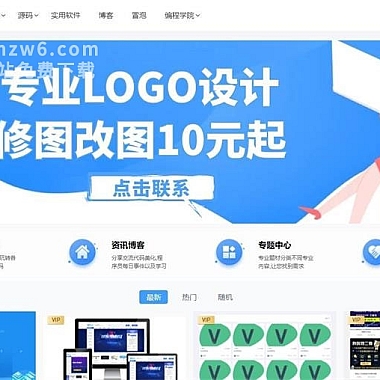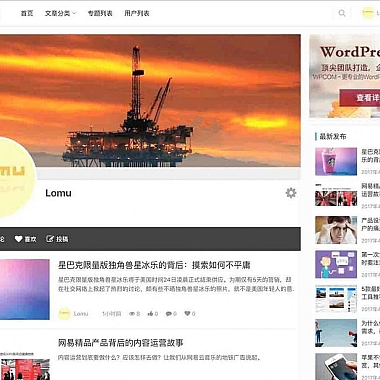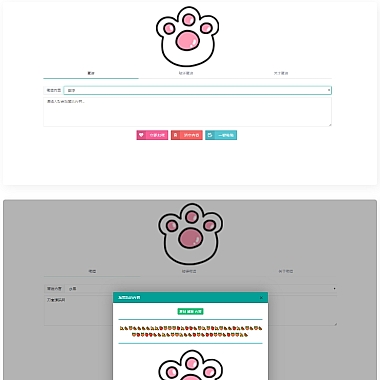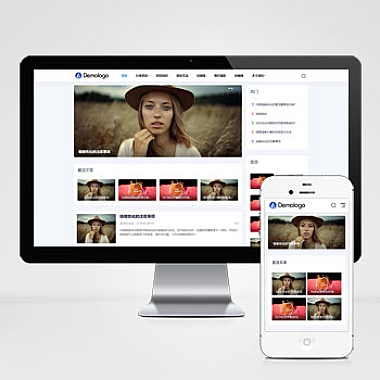ElementUI 比较_elementui ts
在现代前端开发中,ElementUI 是一个非常流行的基于 Vue.js 的 UI 组件库。当我们在项目中使用 TypeScript 时,可能会遇到一些兼容性问题或特殊需求。探讨如何在 TypeScript 环境下更好地使用 ElementUI,并提供多种解决方案。
解决方案
为了确保 ElementUI 在 TypeScript 项目中能顺利运行并获得体验,我们主要从以下几个方面入手:
- 安装必要的类型定义文件
- 配置 tsconfig.json
- 使用声明合并为组件添加类型信息
- 将 ElementUI 和 Vue Property Decorator 结合使用
安装依赖
需要确保项目中安装了正确的依赖包:
bash
npm install element-ui vue-class-component vue-property-decorator @types/element-ui --save
配置 tsconfig.json
为了让 TypeScript 能正确识别 ElementUI 的类型定义,我们需要对 tsconfig.json 进行适当配置:
json
{
"compilerOptions": {
"baseUrl": ".",
"paths": {
"@/*": ["src/*"]
},
"types": ["element-ui"]
}
}
方法一:直接使用
这是最简单的用法,适合小型项目:
typescript
import { Component, Vue } from 'vue-property-decorator';
import { ElButton } from 'element-ui';</p>
<p>@Component({
components: {
ElButton
}
})
export default class App extends Vue {
handleClick() {
this.$message('Hello World!');
}
}
方法二:使用声明合并
对于更复杂的场景,可以使用 TypeScript 的声明合并功能:
typescript
// types.d.ts
import Vue from 'vue';
import ElementUI from 'element-ui';</p>
<p>declare module 'vue/types/vue' {
interface Vue {
$message: typeof ElementUI.Message;
$notify: typeof ElementUI.Notification;
}
}</p>
<p>// main.ts
Vue.use(ElementUI);
方法三:结合 Vue Class Decorator
对于大型项目,推荐使用这种方式来增强代码的可读性和维护性:
typescript
import { Component, Vue } from 'vue-property-decorator';
import { Button } from 'element-ui';</p>
<p>@Component({
components: {
[Button.name]: Button
}
})
export default class App extends Vue {
private message = '';</p>
<p>get reversedMessage(): string {
return this.message.split('').reverse().join('');
}</p>
<p>mounted() {
this.$message({
message: 'This is a message.',
type: 'success'
});
}
}
通过以上三种方式,我们可以根据项目的实际需求选择最适合的实现方案。无论是简单的小型项目还是复杂的企业级应用,都能在 TypeScript 环境下充分发挥 ElementUI 的优势。











